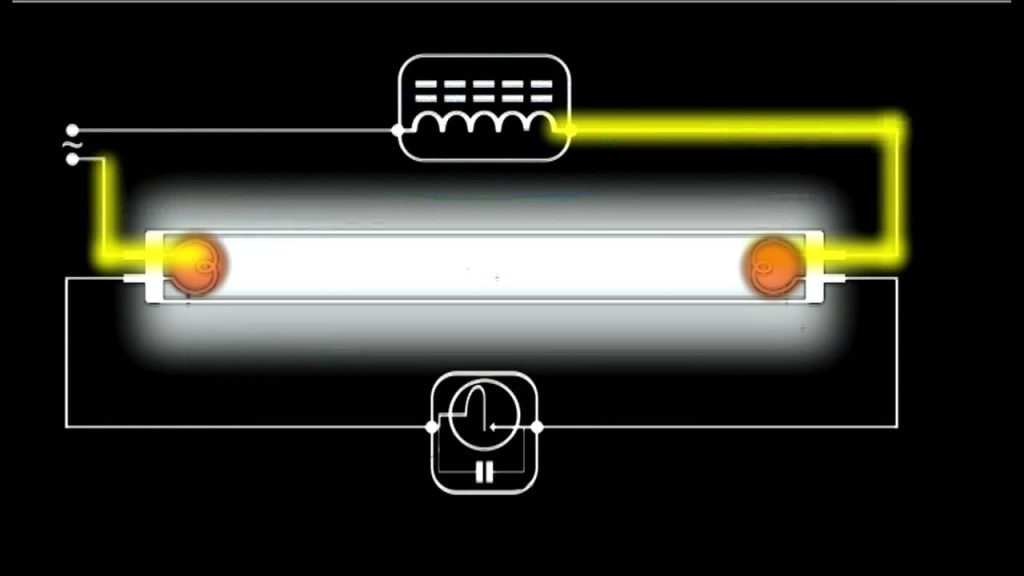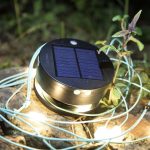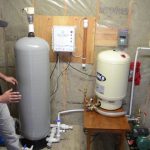It may be the most brilliant way of illuminating our houses and dwellings to date. Yes, we are talking about fluorescent lights, which offer a more energy efficient means of lighting our homes and offices. Learn how they work here.
In the mid-1930s when first fluorescent tube lights were introduced in the market, they were a total revelation. People were amazed to see their houses and offices lit as brightly as cool daylight. Learn how they work here.
What’s Inside a Fluorescent Tube Light?
· A fluorescent lamp basically consists of a long glass gas discharge tube. Its inner surface is coated with phosphorous and is filled with an inert gas, generally argon, with a trace of mercury.
· The tube is then finally sealed at low pressure with two filament electrodes each at its both ends.
· These electrode filaments are used to preheat the tube and initiate a rapid conduction of electrons between the two end electrodes. The process initially requires a relatively high amount of power.
· The energy also converts some of the mercury from a liquid to a glass. Electrons then collide with the gaseous mercury atoms, increasing the amount of energy. As electrons return to their original energy level, they begin to release light. However, the light they emit is ultraviolet, and not visible to the naked eye, so another step needs to take place before we can see the light.
· This is why the tube was coated with phosphorous. Phosphors will give off light when exposed to light. When exposed to the ultraviolet light, the particles emit a white light which we can see.
· Once the conduction of electrons between the electrodes is complete, no more heating of the filaments is required and whole system works at a much lower current.
Wiring of Flourescent Lights
Here is one example of a tube light fixture consisting of a large heavy square “choke” or “ballast” and a small cylindrical “starter.” Let’s try to understand how the whole system works. Please refer to the circuit diagram on the right as you read the following points:
· The choke is in fact a large inductor. It consists of a long copper winding over iron laminations.
· An inductor by nature always has a tendency to throw back the stored current in it, every time the power through it is switched OFF. This principle of the choke is exploited in lighting a fluorescent tube light.

· When an AC voltage is applied to a tube light fixture, the voltage passes through the choke, the starter, and the filaments of the tube.
· The filaments light up and instantly warm up the tube. The starter is made up of a discharbe bulb with two electrodes next to it. When electricity passes through it an electrical arc is created between the two electrodes. This creates light, however the heat from the bulb causes one of the electrodes (a bimetallic strip) to bend, making contact with the other electrode. This stops the charged particles from creating the electrical arc that created light. However, now that the heat from the light is gone, the bimetallic strip cools and bends away from the electrode, opening the circuit again.
· At this point, the ballast or choke “kick’s back” it’s stored current, which again passes through the filaments and ignites the tube light once again.
· If the tube does not sufficiently charge up, subsequent kicks are delivered by the choke due to rapid switching of the starter, so that finally the tube strikes.
· After this the choke only acts like a low impedance current limiter to the tube as long as the light is kept illuminated.
A common problem associated with these types of fixtures is humming or buzzing. The reason for this lies in the loosely fitted choke on to the fixture which vibrates in accordance with the 50 or 60 hertz frequency of our AC mains and creates a humming sort of noise. Tightening the choke’s screws may instantly eliminate the problem.
The working principle of today’s modern electronic ballasts is to avoid the use of starters for the preheating purpose. They are also very light in weight. These inhibit the initial flickering of the tube light as normally seen in the ordinary tube fixtures by changing the frequency of the mains power to a much higher 20,000 hertz or more. Moreover, electronic ballasts are very energy efficient.
Hopefully this discussion provided you with sufficient information regarding how fluorescent lights function.


